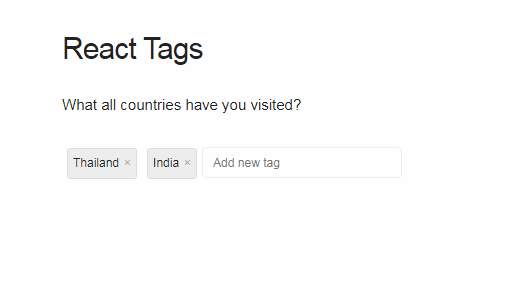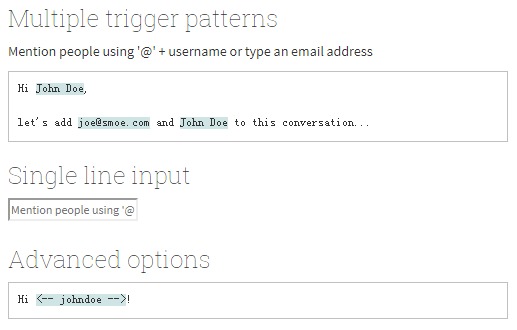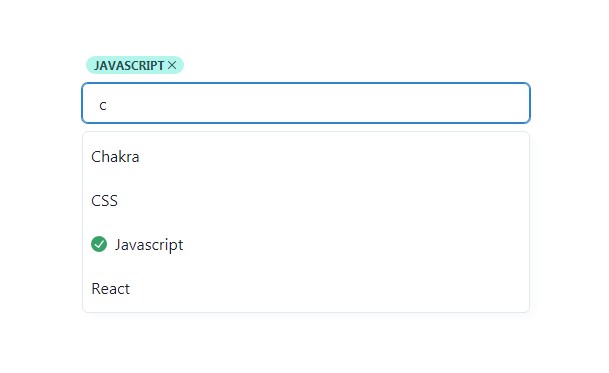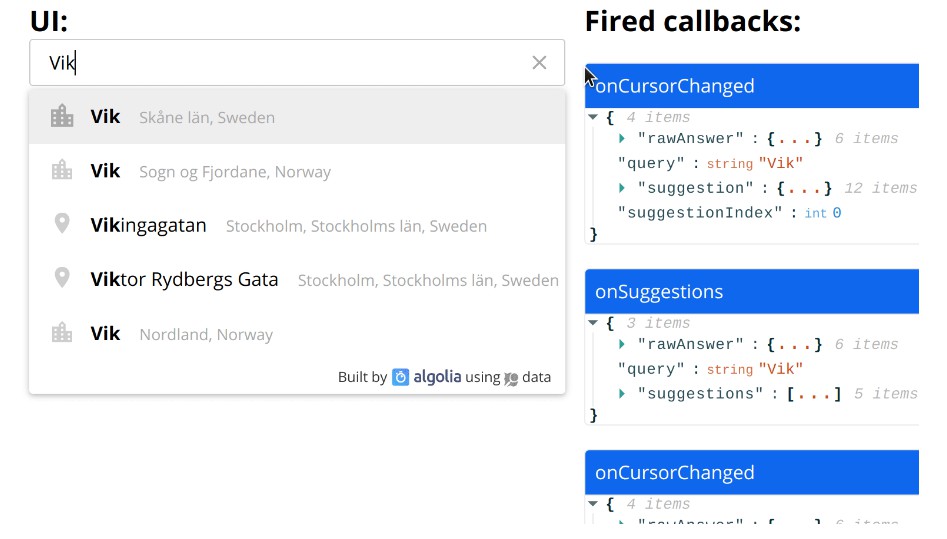React-Tags
React-tags is a simple tagging component ready to drop in your React projects. The component is inspired by GMail's To field in the compose window.

Features
- Autocomplete based on a suggestion list
- Keyboard friendly and mouse support
- Reorder tags using drag and drop
Why
Because I was looking for an excuse to build a standalone component and publish it in the wild? To be honest, I needed a tagging component that provided the above features for my [React-Surveyman] project. Since I was unable to find one which met my requirements (and the fact that I generally enjoy re-inventing the wheel) this is what I came up with.
Installation
The preferred way of using the component is via NPM
npm install --save react-tag-input
It is, however, also available to be used separately (dist/ReactTags.min.js). If you prefer this method remember to include [ReactDND] as a dependancy.
Usage
Here's a sample implementation that initializes the component with a list of initial tags and suggestions list. Apart from this, there are multiple events, handlers for which need to be set. For more details, go through the [API].
import React from 'react';
import ReactDOM from 'react-dom';
import { WithContext as ReactTags } from 'react-tag-input';
class App extends React.Component {
constructor(props) {
super(props);
this.state = {
tags: [{ id: 1, text: "Thailand" }, { id: 2, text: "India" }],
suggestions: ['USA', 'Germany', 'Austria', 'Costa Rica', 'Sri Lanka', 'Thailand']
};
this.handleDelete = this.handleDelete.bind(this);
this.handleAddition = this.handleAddition.bind(this);
this.handleDrag = this.handleDrag.bind(this);
}
handleDelete(i) {
let tags = this.state.tags;
tags.splice(i, 1);
this.setState({tags: tags});
}
handleAddition(tag) {
let tags = this.state.tags;
tags.push({
id: tags.length + 1,
text: tag
});
this.setState({tags: tags});
}
handleDrag(tag, currPos, newPos) {
let tags = this.state.tags;
// mutate array
tags.splice(currPos, 1);
tags.splice(newPos, 0, tag);
// re-render
this.setState({ tags: tags });
}
render() {
const { tags, suggestions } = this.state;
return (
<div>
<ReactTags tags={tags}
suggestions={suggestions}
handleDelete={this.handleDelete}
handleAddition={this.handleAddition}
handleDrag={this.handleDrag} />
</div>
)
}
};
ReactDOM.render(<App />, document.getElementById('app'));
A note about Contexts
One of the dependencies of this component is the [react-dnd] library. Since the 1.0 version, the original author has changed the API and requires the application using any draggable components to have a top-level [backend] context. So if you're using this component in an existing Application that uses React-DND you will already have a backend defined, in which case, you should require the component without the context.
const ReactTags = require('react-tag-input').WithOutContext;
Otherwise, you can simply import along with the backend itself (as shown above). If you have ideas to make this API better, I'd [love to hear].





